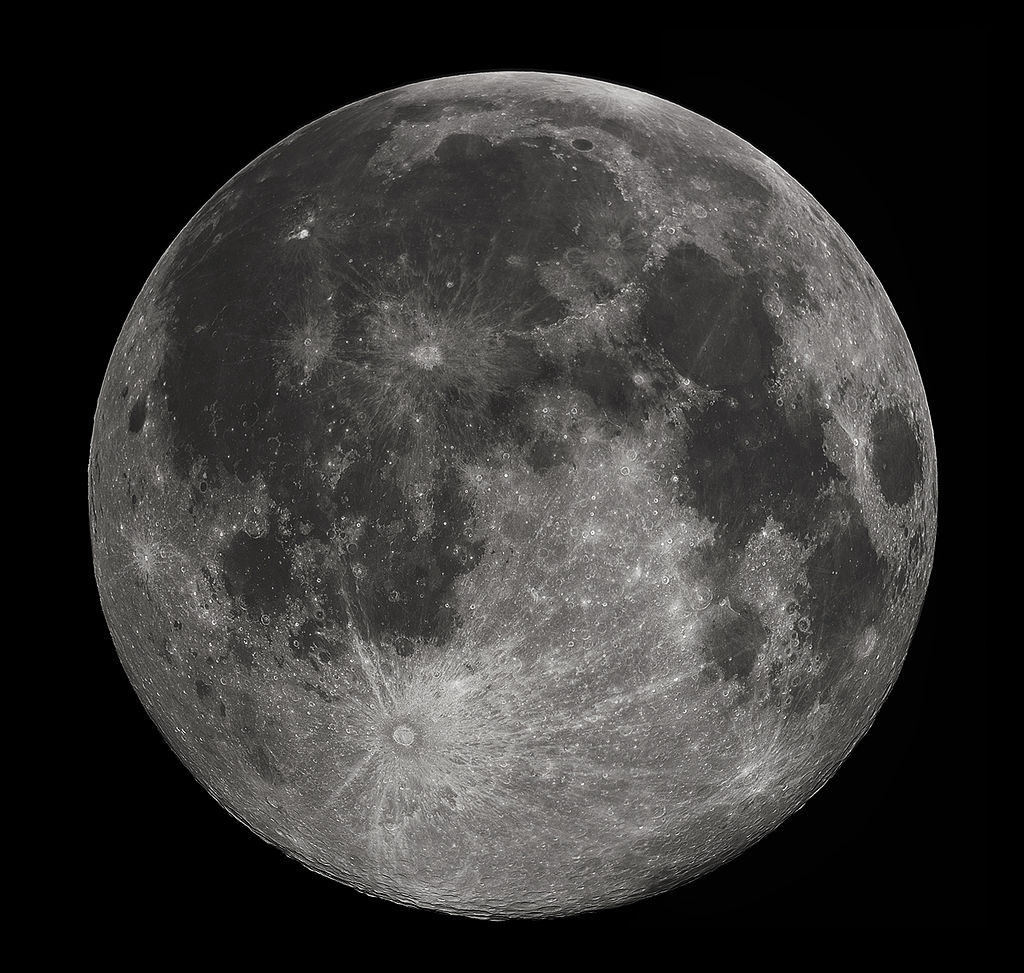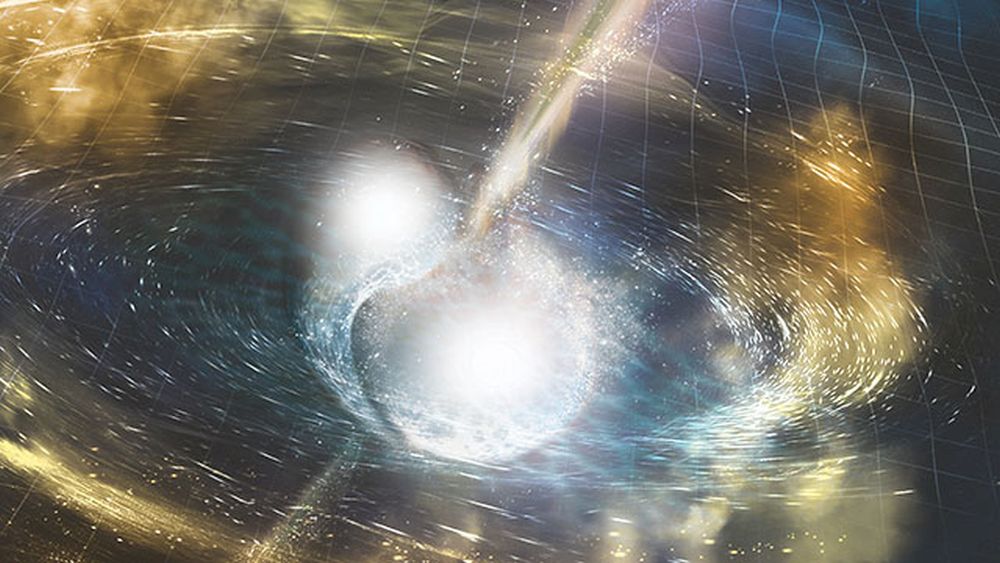There’s a link between Earth’s ocean salinity and its climate. Salinity can have a dramatic effect on the climate of any Earth-like planet orbiting a Sun-like star. But what about exoplanets around M-dwarfs?
Continue reading “Ocean Salinity Affects Earth’s Climate. How About on Exoplanets?”Ocean Salinity Affects Earth’s Climate. How About on Exoplanets?










